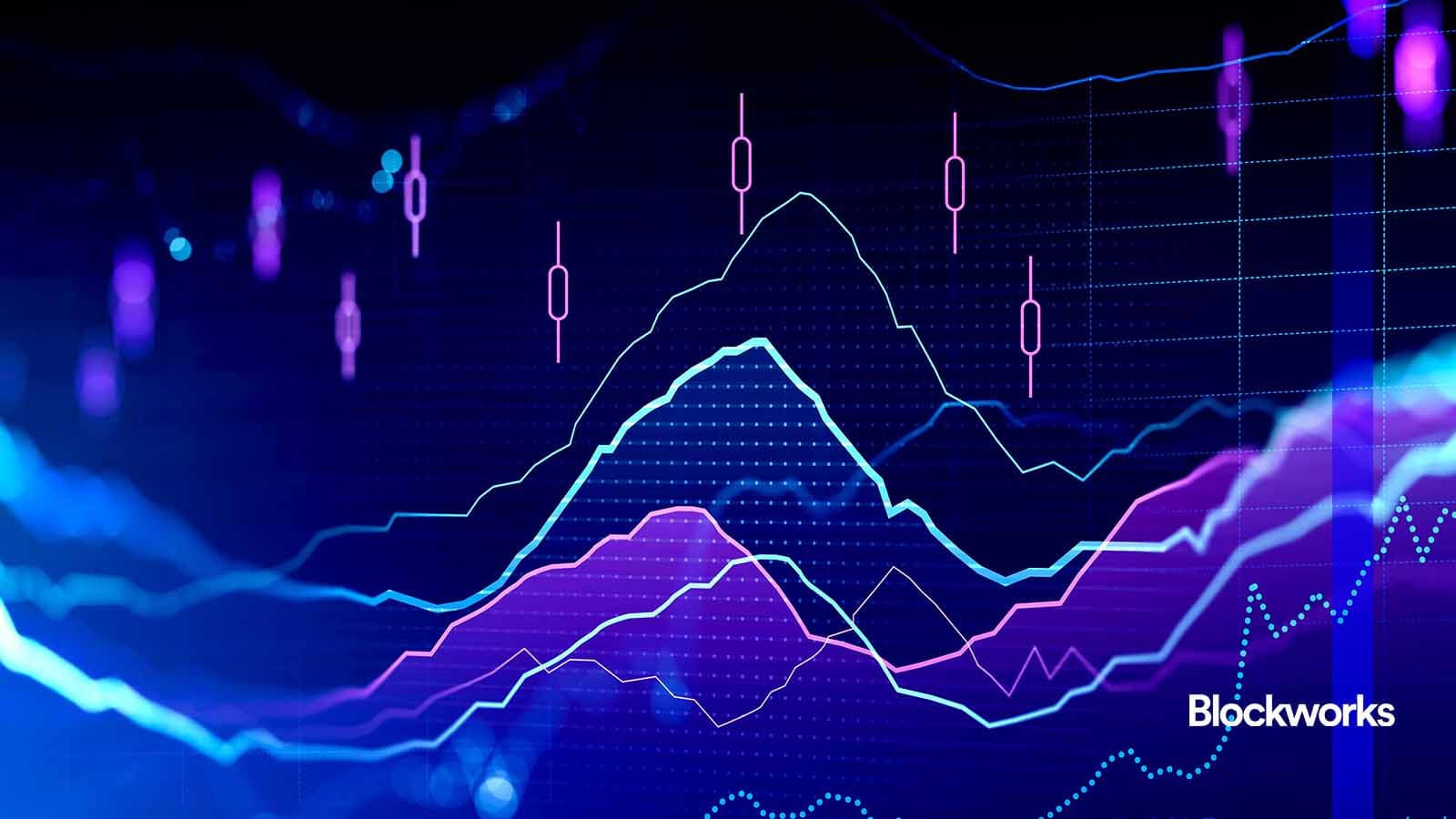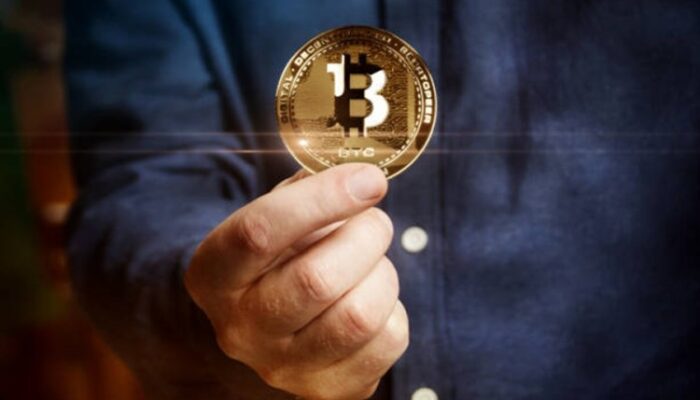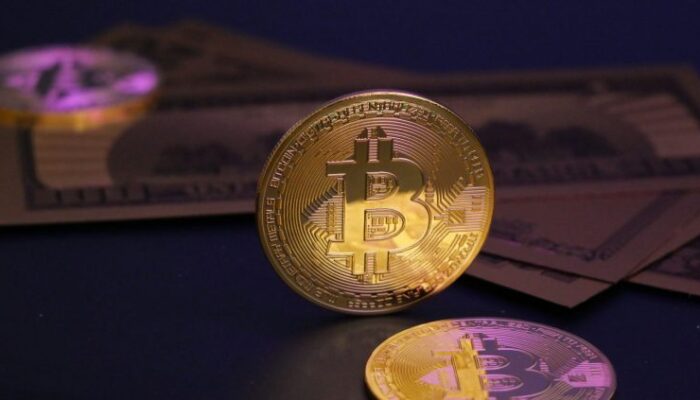This is a segment from The Breakdown newsletter. To read more editions, subscribe
“The illusion that one has understood the past feeds the further illusion that one can predict and control the future.”
— Daniel Kahneman
Prediction markets are spookily accurate
Professional sports bettors judge themselves not by the outcome of their bets, but by the final betting line: If they placed their bet at better odds than those available immediately before the event, it was a good bet, even if it loses.
But how do you judge the accuracy of the betting market itself?
Alex McCullough uses “Brier scores” — a statistical method of judging the accuracy of probabilistic predictions.
Applying that methodology to Polymarket, he finds that the bettors there have been spookily good at predicting events.
The Brier score for any given prediction market is the squared difference between the forecasted probability of an event and the event’s actual outcome.
Squaring the difference is instructive because it penalizes overconfidence: Assigning a 90% probability to something that doesn’t happen gives you a high Brier score (0.9^2 = 0.81).
Assigning a 10% probability to something that doesn’t happen gives you a low one (0.1^2 = 0.01).
McCullough finds that Polymarket’s probabilities have a shockingly low Brier score of 0.0581.
To put that into perspective, a market where every probability was 50% would score 0.25, and a market where every probability was always 0% or 100% and always correct would score 0.
So, at 0.0581, Polymarket’s Brier score suggests that its prediction markets are roughly 77% more accurate than a coin flip, and not so far removed from perfect.
McCullough says that puts Polymarket “on par with the best prediction models in existence.”
Might they be too accurate then?
Betting markets have to be at least a little inefficient, or else there won’t be any incentive for the superforecasters and insiders that make markets efficient to participate (confusingly circular, I know, but true).
But McCullough calculates Polymarket’s Brier score using its prices one day before event resolution — the equivalent of using the final betting line for a sporting event.
So, one takeaway from his data is that you might still make money in prediction markets, but only if you can beat the final line.
Sports bettors will tell you that’s not easy to do.
Daniel Kahneman warned of the “pernicious effects” of outcome bias: “It leads observers to assess the quality of a decision not by whether the process was sound, but by whether its outcome was good or bad.”
Poker players like Annie Duke call this “resulting”: changing strategy just because a few hands of Texas hold ‘em went against you.
That is not the way to do it, in poker or in life: “No sober person thinks getting home safely after driving drunk reflects a good decision,” Duke notes.
And yet, in nearly everything other than poker, nearly everyone does this: Ask someone why they think they made a mistake and there’s a near 100% probability they’d point to the outcome.
But life, Duke adds, is poker (probabilities), not chess (outcomes).
So here’s some investing/life advice: Don’t judge your decisions by their results.
Prediction markets are popular
Incredibly, prediction markets are now busier than they were at the peak of the 2024 presidential election when seemingly everyone was at least watching them.

This probably means that prediction markets have evolved from being a once-every-four-years novelty to a constant source of information. Possibly on everything.
Case in point: People bet $1.4 million on a Kalshi market predicting what Jerome Powell would say in his press conference yesterday.
FOMC press conferences are pretty staid affairs — if people will bet on that, they’ll probably bet on anything.
I suppose that’s a good thing, because even the most obscure bets can be informative.
Alex McCullough found that “the least liquid markets, with under $1K of total trading volume, achieve a good [Brier] score .1226 at time of writing.”
I have no idea how that could possibly be — but I guess it means there really is a 7% chance a large meteor will hit earth in the next two months.
(Down from 18% in June, mercifully.)
Over 90% of the Trump Organization’s earnings in the first half of the year came from crypto, Reuters reports.
Counting only realized gains, they conservatively estimate the president’s sprawling corporation earned $802 million from crypto projects in just the first half of the year.
Earnings from everything not related to crypto added up to just $62 million.
Most of it came from just two projects: $463 million from sales of World Liberty Financial tokens, and $336 million from sales (and maybe trading fees?) of the Trump memecoin.
Neither of those tokens has any claim on earnings or assets — WLFI is effectively a non-dilutive equity and TRUMP is a collectible.
So the $802 million was earned without having to give anything up.
Magic internet money, indeed.
After doing a deep dive into Gemini’s S-1, Lee Reiners and Jimmy Lenz question why its stock trades above zero.
“I just don’t see a path to profitability here,” Reiners concludes, “which begs the question why the stock is worth anything at all.”
Lenz agreed: “I cannot figure it out.”
Ouch.
I did my own analysis of the S-1 and discovered that the crypto exchange is incorporated as “Gemini Space Station, Inc.”
So maybe the investors currently assigning it a $2 billion valuation are mixing it up with SpaceX?
Stranger things have happened.
(In crypto, every day.)
Barron’s reports that US equities are likely to be trading 24/7 as soon as the second quarter of next year.
If so, I think it’s a terrible idea because nothing good happens after hours.
For many years, trading volumes on US exchanges have gravitated to the first and last five minutes of the trading day, for the simple reason that liquidity seeks liquidity.
Nearly all orders are executed by machines now, and machines, knowing they have no short-term alpha, mostly try to minimize their price impact.
They do that by trading whenever there’s likely to be the most liquidity.
If you don’t have short-term alpha (and you almost certainly don’t), you, too, should trade whenever everyone else is.
That will not be nights and weekends.
Crypto has conditioned people to think trading should happen on nights and weekends because important things sometimes happen on nights and weekends.
But one thing I learned from many years of trading stocks (often before and after market hours), is that you will almost always get a better price by waiting for the market to open.
There are some good reasons for why stocks should be tokenized, but trading them 24/7 is not one of them.
Thinking otherwise is a behavioral-finance illusion.
Get the news in your inbox. Explore Blockworks newsletters:
- The Breakdown: Decoding crypto and the markets. Daily.
- 0xResearch: Alpha in your inbox. Think like an analyst.
- Empire: Crypto news and analysis to start your day.
- Forward Guidance: The intersection of crypto, macro and policy.
- The Drop: Apps, games, memes and more.
- Lightspeed: All things Solana.
- Supply Shock: Bitcoin, bitcoin, bitcoin.




